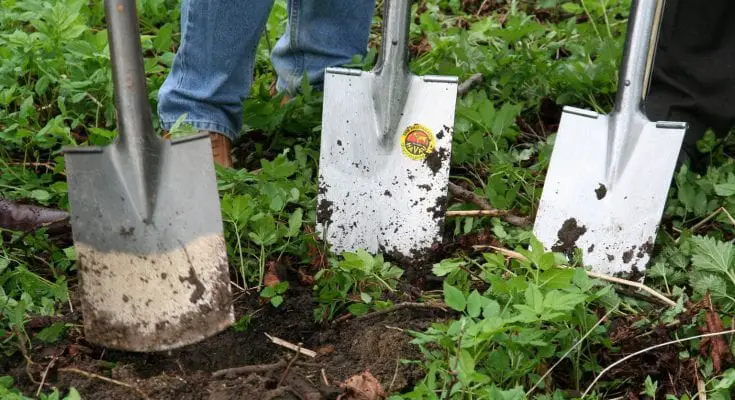When it comes to choosing a care home, it might be more common to think about what kind of food is served or how big the rooms are rather than what enrichment activities are on offer. But the truth is, the enrichment activities are just as important as any other aspect of a care home. The wellbeing of residents is crucial to any successful care home, and there are several factors that contribute to this outcome. One of the factors is the arts.
This piece will explore the different types of arts that could be beneficial in a care home for elderly people and why.
Why are the Arts Good for People in Care Homes?
It is no secret that the arts are fantastic for all ages and abilities. There is something expressive and unchallenging about indulging yourself in something creative for the sake of it, and it can offer a whole host of benefits. Of course, we all love to appreciate other people’s art. In the books we read, the music we listen to, and the games we play and participating can do something just as magical for us.
The Art of Dance
Perhaps one of the more fun-loving arts, dance is a wonderful way to move our bodies, get some exercise in, interact with other people, and also express ourselves too. For many of the elderly, dancing was an enjoyable pastime that was not only taken seriously but was a great form of entertainment. Some of the benefits of dance in the care home include improving wellbeing by encouraging positive emotions such as self-confidence and better self-esteem, improving physical health, such as strengthening bones, and improving the condition of the heart and lungs. It will also help improve balance, spatial awareness, and aerobic fitness.
There is also an element of trust needed to dance, which is important for all ages, but for those in care homes which might be struggling with their memory or confusion – trust can seem to diminish. Dance can build up trust with the staff members and other residents while having fun.
The Art of Music
Playing music, listening to music, singing… it is all excellent for the elderly and their health.
Singing and playing musical instruments can, in fact, help boost your immune system, reduce anxiety, reduce blood pressure, stress, and stimulate your brain in a way that other things cannot. It can also improve your memory, which is something that the elderly particularly struggle with as they get older. There is a significant brain – music connection, where the brain has to process so much information subconsciously before you are aware of what is changing. Of course, this happens for many things, but music is essentially a vibration that is then turned into what we perceive to be music.
This connection is so strong that it can encourage people to recall memories, even information that has long been forgotten, acting as a strong retrieval cue. You will also find that if you put a musical instrument in front of a person with memory issues, their body will have stored muscle memory, allowing them to play perfectly.
Music-based activities or groups are an excellent addition to care homes, and the good news is you can have many different activities based around music. You could start a music club, practice listening skills, or offer musicians’ performances. Brandywine Living has some wonderful activities based around music presented in a stunning location such as Brandywine Living at Alexandria, which residents will be sure to enjoy.
The Art of Gardening
We all know about the relaxing effect that gardening can have on people of all ages. It is well known for being a calming and grounding activity that also gets us out of the house and into the fresh air. Not to forget it is an excellent form of gentle exercise too. Gardening is a great activity to bring into a care home because of these reasons, and because it does not have to be strenuous, it can be beneficial to people with limited mobility or those who cannot follow complicated instructions or get confused easily too.
Many care homes will have a community garden, which should really be classed as a care home essential so everyone can safely get some fresh air outdoors, be among nature while in a place that is secure and somewhere close by where residents are comfortable. To contribute to the gardens through gardening can promote feelings of well-being, encourage bonding between the residents, and facilitate a feeling of purpose as they contribute to something they can nurture and watch grow. For care homes who are thinking about starting a gardening club or activity, try growing basil, pansies, sunflowers, potatoes, or mint. They are all easy to grow for beginners, and incorporating herbs, veg, and flowers together means they will able to have something beautiful to taste and look at that they helped create.
The Art of Crafts
Arts and crafts are a wonderful activity for everyone and can be completely subjective. One of the best things about arts and crafts is that you can scale it back or dial it up however you see fit, which is why it is perfect for those of all ages and abilities. Crafts really do have a special place in any home, but if they are a fundamental part of a care home, then they allow creativity to flow, a form of relaxation, exploration, and also a chance to have fun with other residents and connect. Crafts are also an excellent option for when family members come to visit. They provide something everyone can do at their own pace and can give a structure to a visit for those who have relatives who particularly struggle with the negative effects of an aging disease such as Alzheimer’s and Dementia.
Whatever activities you choose to do with your elderly loved one, the most important thing is to ensure everyone is having fun.



